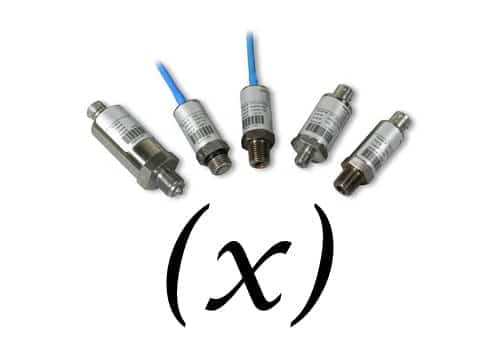 Dealing with different variables, whether physical or environmental, is a normal part of any pressure instrumentation application.
Dealing with different variables, whether physical or environmental, is a normal part of any pressure instrumentation application.
While they’re normal, they’re still a pain to deal with. Therefore, decisions must be made to protect your pressure sensors from outside environmental elements such as water, dust, extreme heat or cold. There are many questions that must be answered concerning applications such as corrosive environments, areas of excessive vibration, as well as hazardous locations.
Though the list of different variables can be long and lengthy, what follows is a brief overview of some of the more common considerations when choosing pressure instrumentation for your application:
Extreme temperatures, whether hot or cold, are often associated with dusty/dirty environments. Electronics and bonding materials used in components are easily affected by temperature. Prolonged exposure in extreme temperatures beyond the operating temperature specification and in areas where the sensor does not have the proper IP or NEMA rating, will drastically reduce the life expectancy of your pressure sensor. Be aware of the operating temperature limitations and IP, NEMA requirements needed.
Knowing the specific gravity (density of media to be measured) is vital for correct pressure sensor calibration and output calibration for your control system. The specific gravity of liquids and gases can change if their temperatures change. Be aware of any changes so your pressure sensor can be calibrated correctly.
For pressure sensors with a sealed gauge reference and low-pressure ranges (less than 100 PSI), you must be aware of changes in the barometric pressure of the environment. If any changes go unnoticed, they can cause an offset beyond the specified accuracy of your pressure sensor. At pressures greater than 100 PSI, the offset is nominal and not as great a factor.
Pressure sensors are often installed in corrosive environments. A corrosive environment may include gaseous contaminants like ammonia, hydrochloric and sulfuric acids. to name a few.
Corrosive chemicals usually attack instrumentation through plumbing leaks, fumes, and vapors. Electronics and wiring may corrode, leading to instrument failure and loss of output information.
Exterior housing and any electronics like pressure sensors must be protected from chemical exposure. Proper chemical compatibility of the sensor is crucial.
Heavy duty industrial applications are often associated with high vibrations. A pressure sensor under extreme vibration can actually fall apart from the inside out if it lacks protection. Vibration protection usually includes securing the electronics of the sensor with an epoxy to prevent physical breakdown. This additional step is only taken when needed, as it makes servicing the pressure sensor more difficult for the factory.
The National Electrical Code (NEC) defines hazardous areas as those “where fire or explosion hazards may exist due to flammable gasses or vapor, flammable liquids, combustible dust or ignitable flyings”.
If your pressure sensor will be installed in a hazardous area, make sure it has the proper certifications (CSA, FM etc…) and that the markings match the application to prevent any dangerous situations.
This overview covered a few basic areas to consider when specifying a pressure sensor. Each area is worthy of its own discussion. Making the correct choices pertaining to your application will help ensure that your sensor will perform satisfactorily for many years.
Contact us if you have any questions about the variables with your pressure sensor. We'd love to discuss your options.